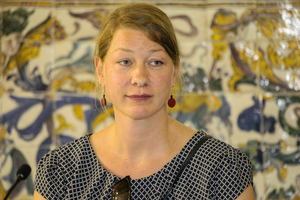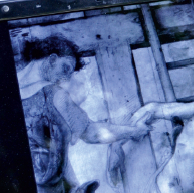
Doutoramento em História da Arte
The journey of artifacts: the study and characterization of a nucleus of lacquered Luso-Asian objects from the 16th and 17th centuries
Ulrike Körber

Orientação: Paulo Alexandre Rodrigues Simões Rodrigues & Maria Cristina Barrocas Dias
This thesis examines a group of objects produced for noblemen and Catholic missionaries in the scope of the Portuguese maritime explorations and Catholic missions in Asia in the 16th and 17th centuries. Embellished with Asian lacquer coatings, their heterogeneous character and complex mix of decorative elements, artistic and craft traditions has led to various attributions regarding their production, including classification as Indo-Portuguese, Sino-Portuguese, Japanese nanban or Ryūkyūan. This study arose over discrepancies between these presumed identifications and their actual physical features. Taking a multi-disciplinary approach, it combined formal and esthetic examination with material analysis, while also considering the cultural and geo-political context, contemporary Asian lacquer traditions, and similar decorative techniques. In addition to refining the fundamentals of lacquer conservation it also led to a reconsideration of the accepted attributions of these objects. As a result, the study sheds new light on our understanding of European and Asian relations in a period critical to the shaping of our modern world.
Keywords: Asian lacquer, technical study, Portuguese expansion, Luso-Asian art, early modern material culture




